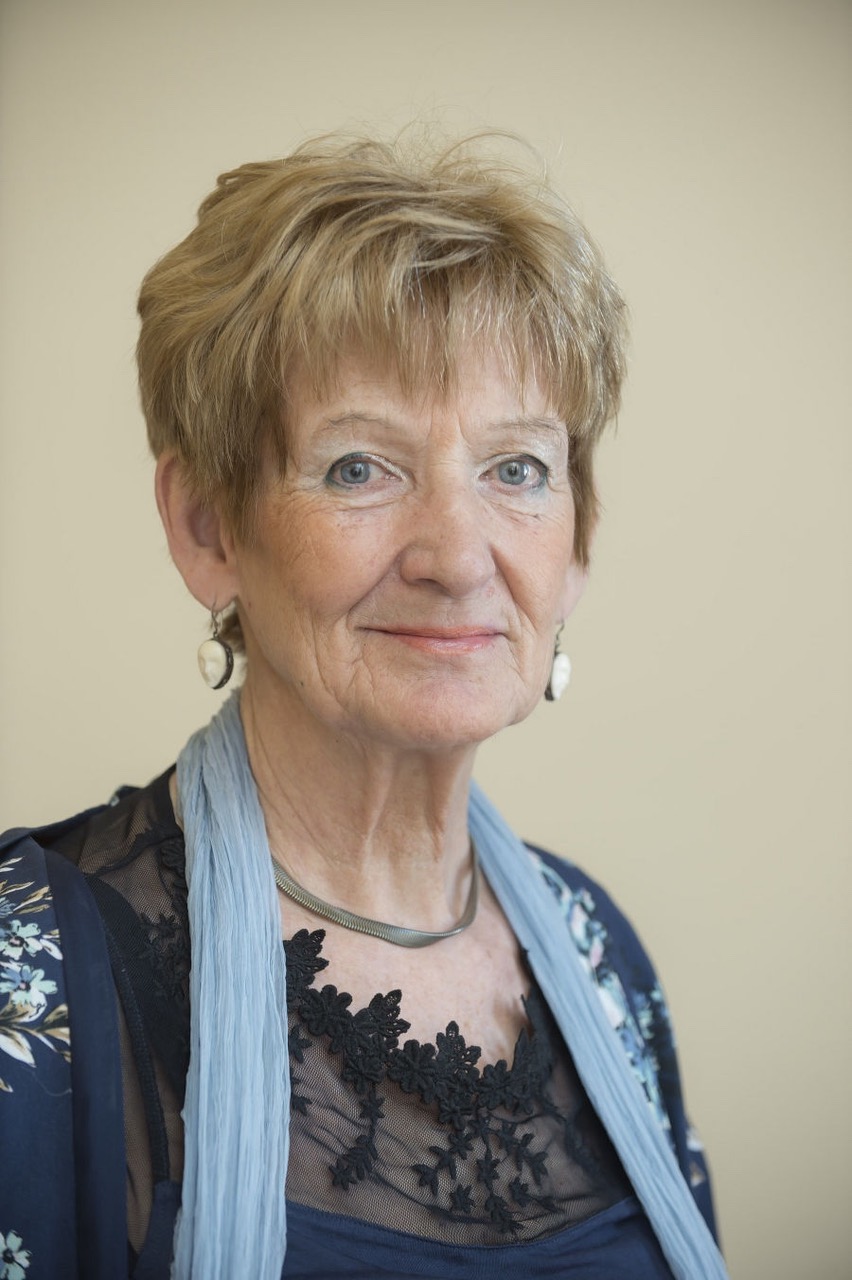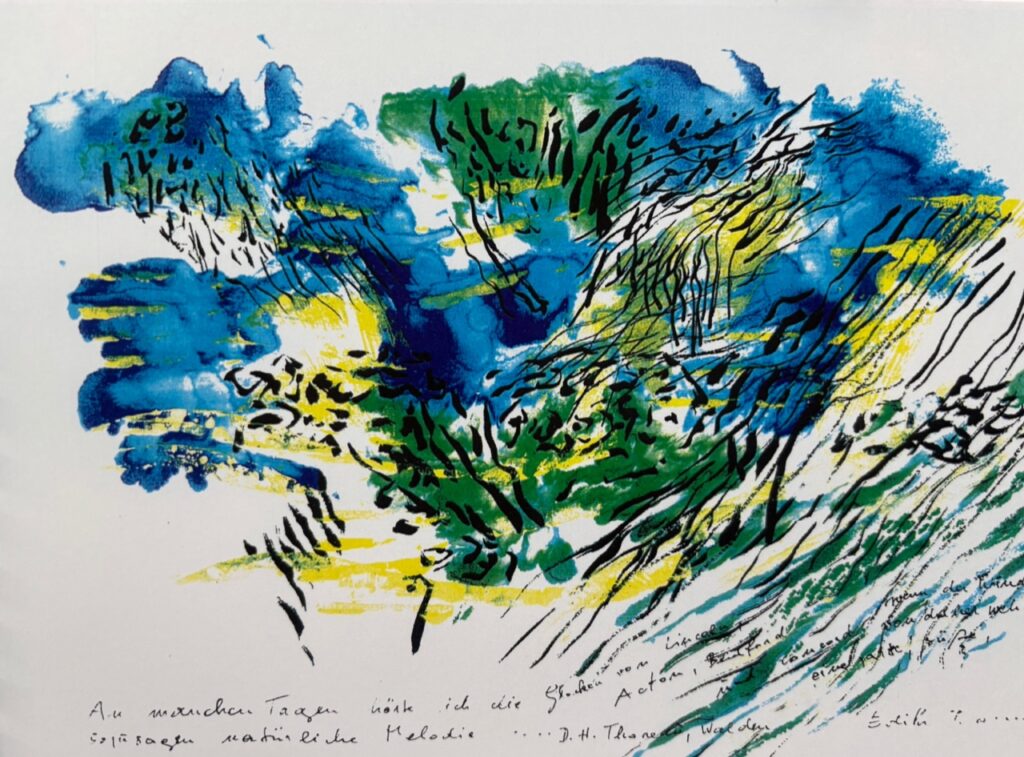Edith Temmel WALDEN, 2024, Monotypie in Farbe
 Printmaking Day is an annual event celebrating the art of printmaking after traditional printing techniques were added to the German UNESCO list of intangible cultural heritage on March 15, 2018.┬Ā
Printmaking Day is an annual event celebrating the art of printmaking after traditional printing techniques were added to the German UNESCO list of intangible cultural heritage on March 15, 2018.┬Ā
kunstGarten is celebrating with an exhibition by Edith Temmel – WALDEN, which can be seen until May 11, 2026.
Henry David Thoreau’s Walden holds a firm place among the most influential books in American literary history. In pre-Marxist times, it could be found in many working-class households; in the 20th century, it inspired the conservation movement as well as the protest movements of 1968. It has also enjoyed widespread recognition outside the United States: for example, Mahatma Gandhi explicitly referenced Walden with his ideal of nonviolent resistance and his ascetic lifestyle. With the title of his utopian novel Walden Two, B.F. Skinner references Thoreau’s ideals, which in turn inspired further ideas from Rub├®n Ardila (Walden Tres) and Rolf Todesco (Walden III).
A quote from the last chapter of the book gained particular notoriety: “If a man does not keep pace with his companions, perhaps it is because he hears a different drummer. Let him step to the music which he hears, however measured or far away. It is not important that he should mature as soon as an apple-tree or an oak. Shall he turn his spring into summer?”
Aus Wikipedia

Edith Temmel (c) Stadt Graz, B├╝rgerin der Stadt
Edith Temmel was born on August 23, 1942, in Graz, where she lives and works as a freelance artist. She began discovering the art of painting at the age of 25 and was initially trained by the Styrian painter Elga Maly. She attended the painting retreats of Josef Fink, who was at the time rector of the Minoriten Cultural Center in Graz, where international artists introduced her to new perspectives on painting. Initially, she explored biblical themes, resulting in several major cycles on the Old Testament. Her large stained-glass windows and commissions for ecclesiastical works also date from this period. Her works have been shown successfully in exhibitions at home and abroad, including in Vienna, Darmstadt, Osnabr├╝ck, Tel Aviv, Marburg, and Brussels.
More than 50 years ago, Edith Temmel noticed that she saw colors when she heard music. This fusion of two senses is known to scientists as synesthesia. What drives some people to despair has inspired the artist. The Graz native has used her talent for complex tonal paintings for decades. She paints to the tunes of Vivaldi, Bach, Chopin, and even jazz. Her paintings are simultaneous translations of music into painting. An exhibition of “sound figures” was held in 1991 at the Szombathely Museum. In 1996, she learned the art of glass fusion.
Edith Temmel is the initiator and founding member of the “styrianARTfoundation,” established in 2005. Styrian artists’ retreats were held annually at Stift Rein (Rein Abbey) for ten years ending in 2015. Strengthening the local art scene is very important to the artist. The goal is to promote cooperation, not competition.┬Ā A particular concern for her within this association is the promotion of young Styrian artists.
Edith Temmel designed an ornate silk-painted chasuble for Auxiliary Bishop Franz Lackner’s appointment as Bishop of Salzburg, showing a flock of blue birds on a green background depicting the Sermon to the Birds by Saint Francis of Assisi. She has also designed vestments for John Paul II and Pope Benedict.

